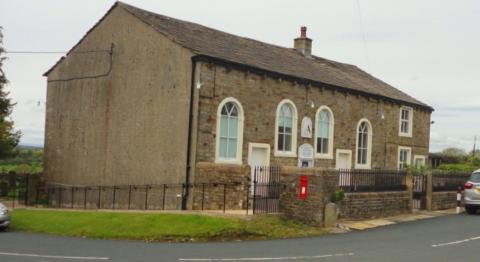The Plain Old Chapel

Swiss building designer Charles-Édouard Jeanneret, known as Le Corbusier (died 1965) predicted the end of ‘architecture’ and the rise of engineering: “we no longer have the money to erect historical souvenirs. At the same time, everyone needs to wash! Our engineers provide for these things and so they will be our builders”.
He despised florid, decorated building design: unnecessary Palladian columns, carved pediments, ornate tracery. He called Rome “the city of horrors’ for its baroque squares and extravagant piazzas. Traditional European buildings were designed to be beautiful, graceful even. He considered any form of decoration as extravagance. For him, architecture was purely utilitarian, practical, serviceable. The function of a house was to provide “shelter against heat, cold, rain, thieves and the inquisitive, a receptacle for heat and sun”, with “a certain number of cells appropriated to cooking, work and personal life.” One house he designed for a French couple was to lack furniture furniture, though he was content for them to install seating “equipment”.
Le Corbusier would have been quite satisfied with Salem Chapel, especially its exterior. She really is as plain a Jane as Jane can be. The only nod to ornamentation is the frontage’s pleasing symmetry and round arched windows, which are slightly less practical than a right-angled frame, with its better fitted glaze. Otherwise, it’s a very practical building offering no candy to the eye. Its simplicity is not unattractive and its rural location overlooking Pendle on the one side and Bowland on the other perhaps offers beauty enough. This chapel is no shrine but a meeting house, a functional shelter in which to hear and respond to God’s word. Like the architecture, the plain preaching is noted for its earnestness rather than its eloquence, its song for sincerity rather than enchantment. Evangelical faith is about responding to God’s word in the heart, not some showy ceremony or artistic ostentation.

Le Corbusier’s thought was wrong, I think, in demanding that all buildings be plain and practical. His modernist designs from the 1930s are historically interesting but otherwise dull and dreary. Yet for church design, I think he had a point.
- Log in to post comments


 Sunday Worship 10.45am & 6.00pm
Sunday Worship 10.45am & 6.00pm